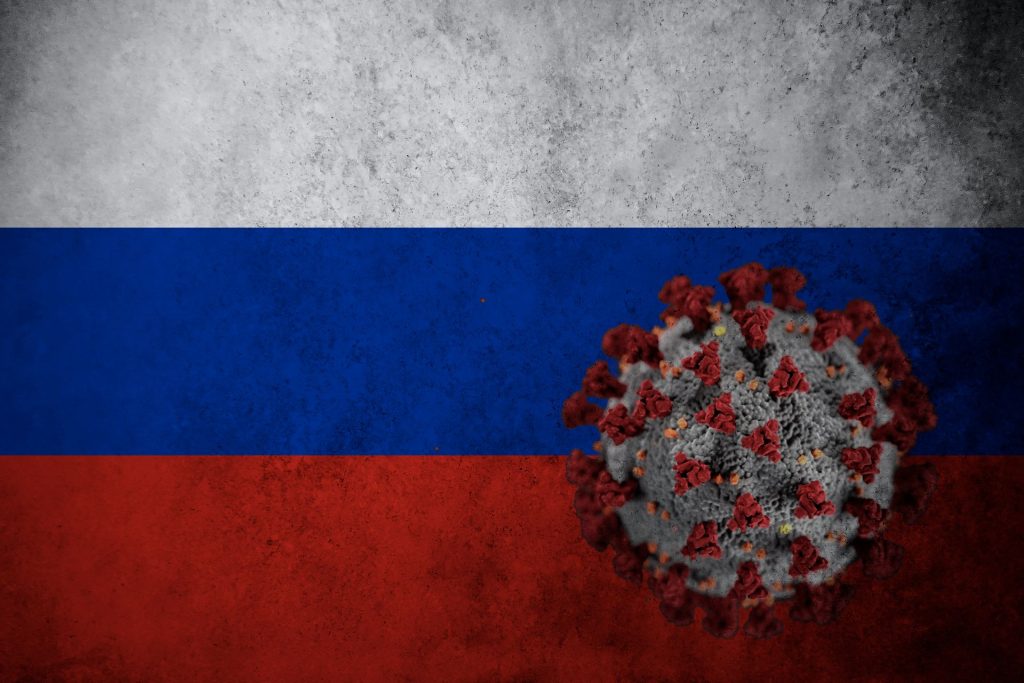Areas with Age Bias Associated with Greater Longevity

Older adults living in areas with greater age bias had better health outcomes than those in areas with less bias, according to a study published in Social Science & Medicine. These findings came as a surprise to the researchers, who were expecting the reverse.
“Quite the opposite of what we expected emerged,” says senior author Allecia Reid, associate professor of social psychology and senior author of the paper published in the journal . “Rather than dying earlier in counties with more negative attitudes toward older adults, we found in fact that older adults were living longer in counties with more negative attitudes towards older adults.”
University of Massachusetts Amherst researcher Reid and colleagues had based their hypothesis on earlier research showing that minority groups, such as African Americans and sexual minorities, have worse health outcomes in counties with more negative attitudes toward their group.
“We were thinking, similar to those findings, that in counties with more negative attitudes towards older adults, we would see them being likely to die earlier than in counties with more positive attitudes toward residents 65 and older,” Reid says. “Contrary to what we thought, something positive is happening in these ageist communities that is helping them live longer, healthier lives.”
The only other study examining community-level age bias and older adults’ health found that explicit age bias was linked to positive health behaviours among older adults, while implicit bias was linked to negative health behaviours among older adults.
The UMass Amherst researchers analysed data on more than one million Americans who reported their explicit bias and taken an implicit bias test between 2003 and 2018
Based on that data, the team developed aggregate estimates at the county level about how much residents like older adults. Then they linked that with the county’s death rates for individuals age 65+. Counties with higher explicit age bias had lower mortality, or 87.67 fewer deaths per 100 000 residents. In contrast, implicit bias was not associated with mortality outcomes.
“The explicit age bias-mortality association was only evident in communities with younger populations but did not depend on community ethnic composition,” the paper states.
The researchers looked at ways that the more ageist communities might be doing things that helped maintain the health of older adults. They found that greater explicit age bias also was associated with lower death rates among young and middle-aged adults in those counties, suggesting that any health benefits of living in ageist communities may begin to accrue in earlier life.
In addition, “communities with higher explicit age bias also had higher rates of exercise…, better general health…, and more days of good mental health,” the paper states. These findings point to potential pathways through which ageist communities may promote health. However, the researchers also note that factors they were unable to examine, such as better medical care and more green spaces, may also explain associations of community age bias with better health.
Reid says the surprising findings point to more areas of examination which may lead to improved longevity for all communities.
“Can we figure out what is happening in these more ageist communities that seems to be potentially promoting both better mental health and better longevity,” she says. “And if we can pinpoint those things, then that’s a flag for all communities to think about.”





